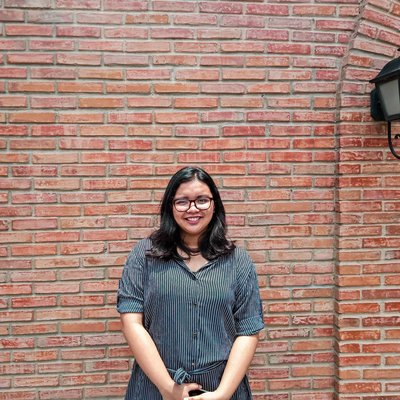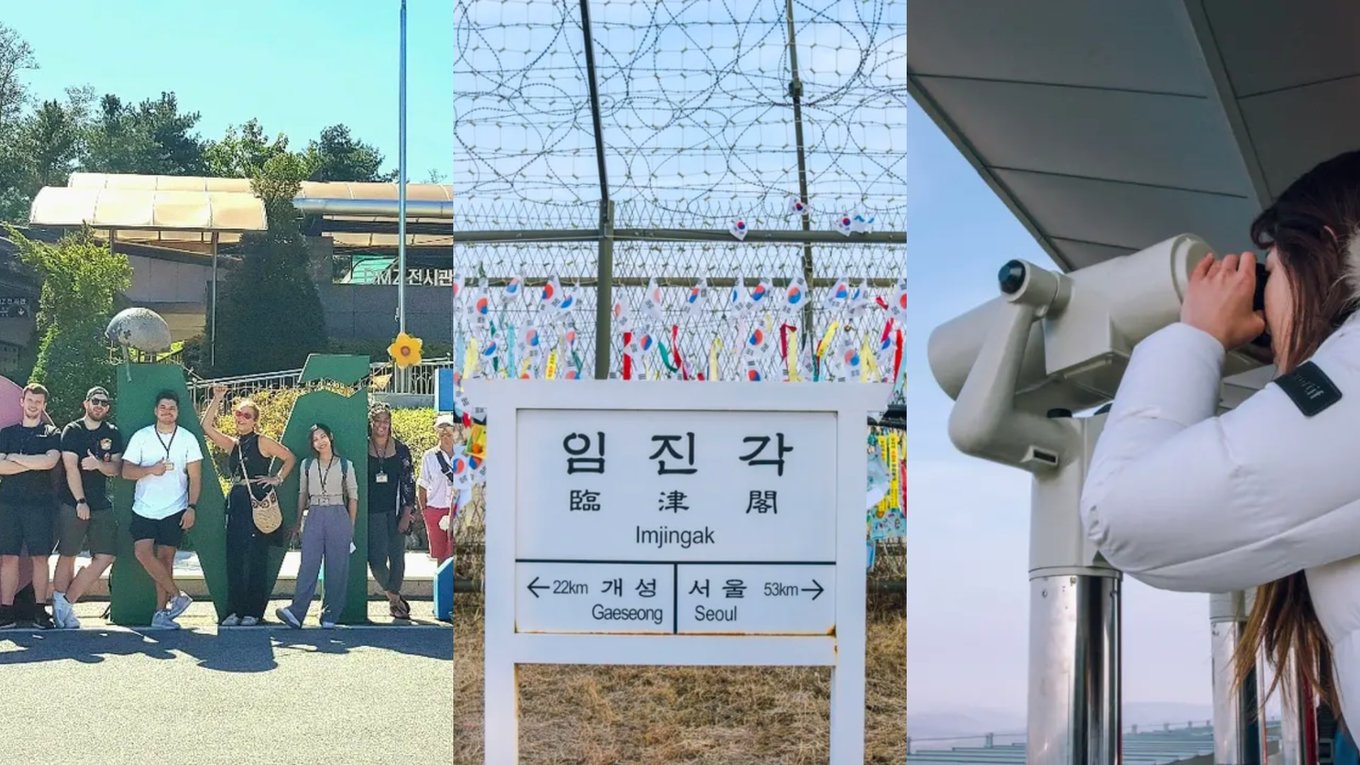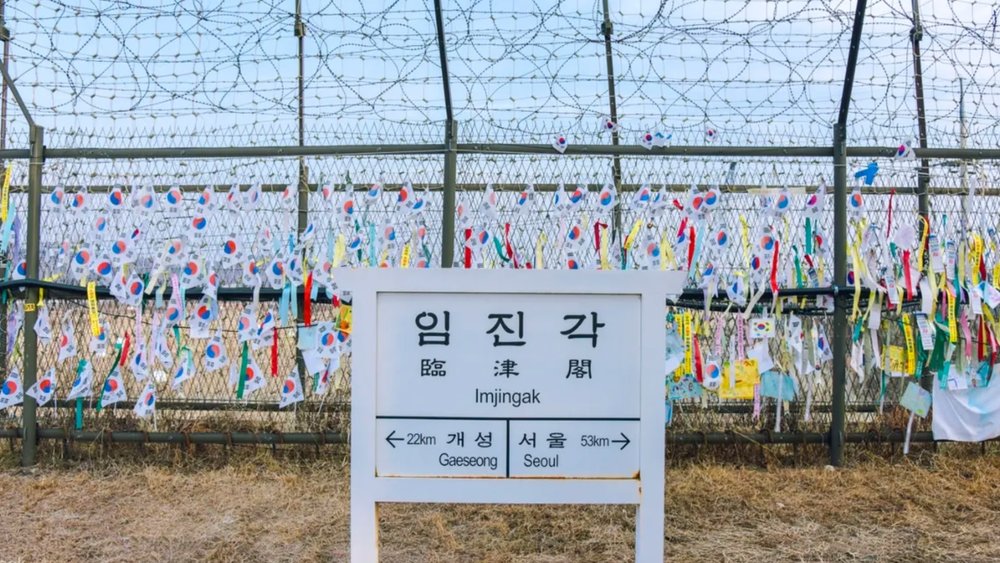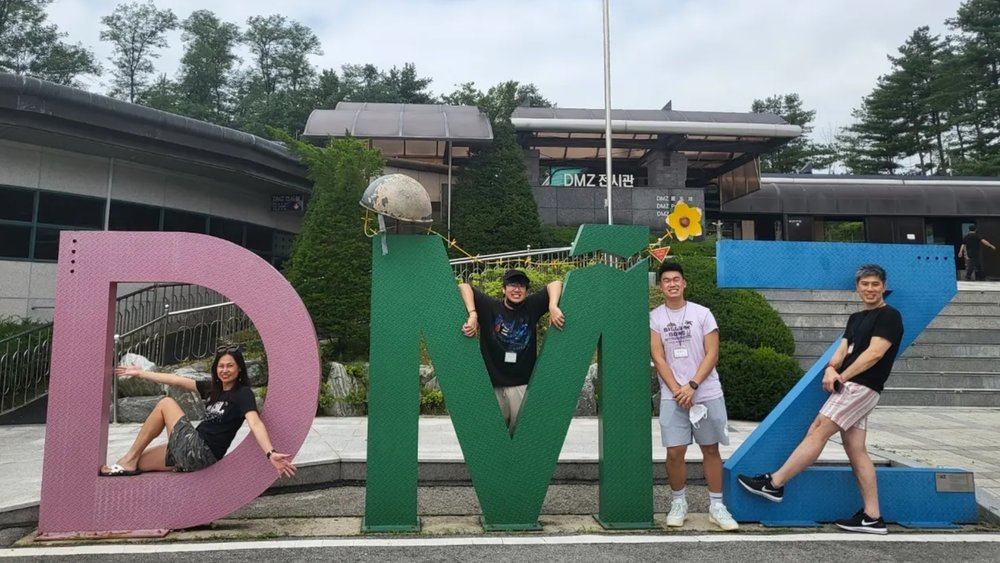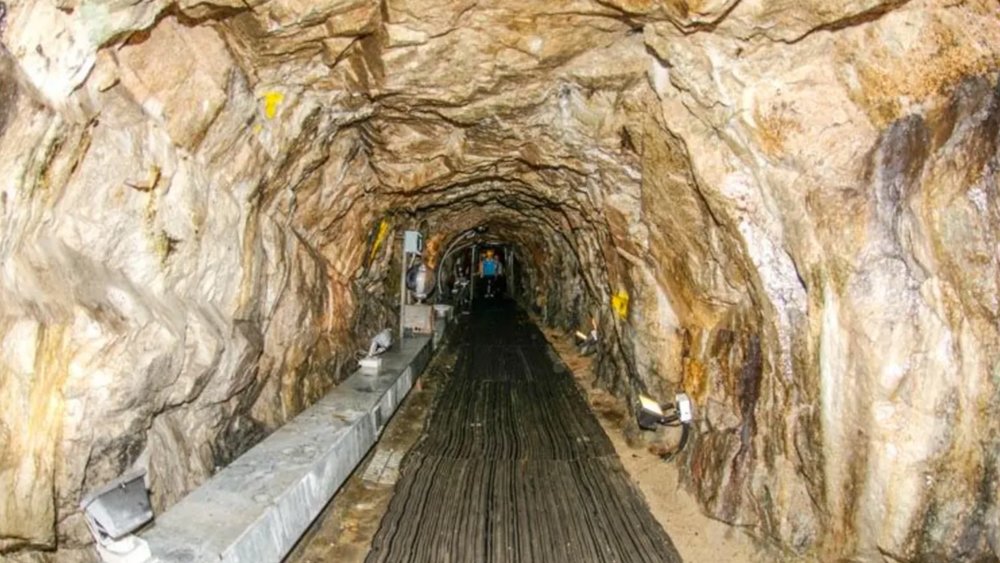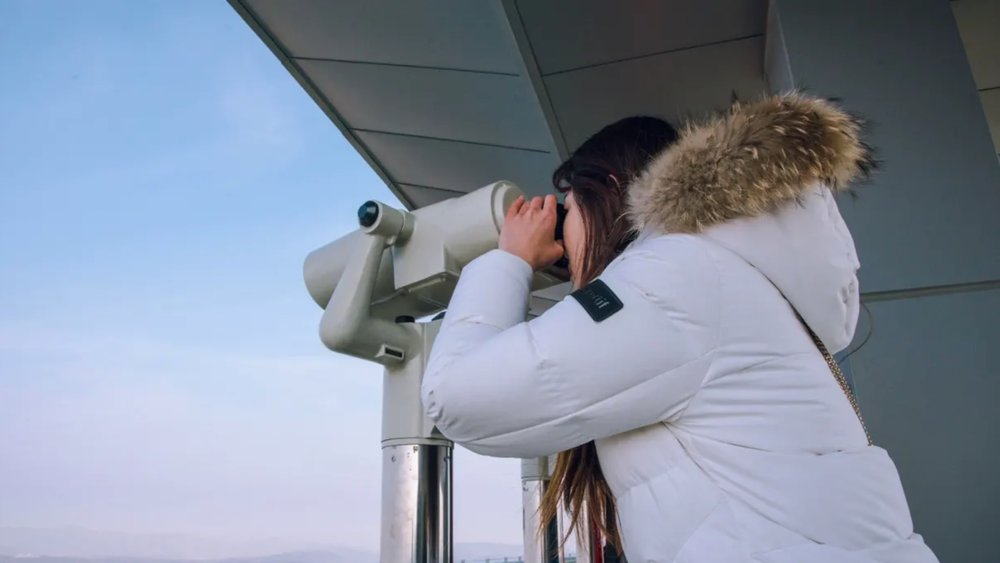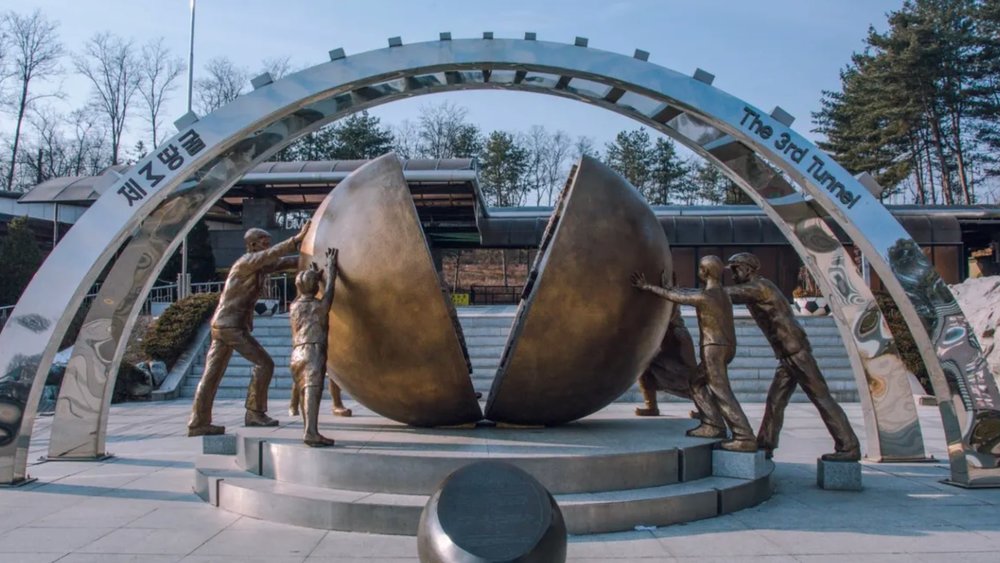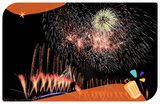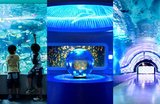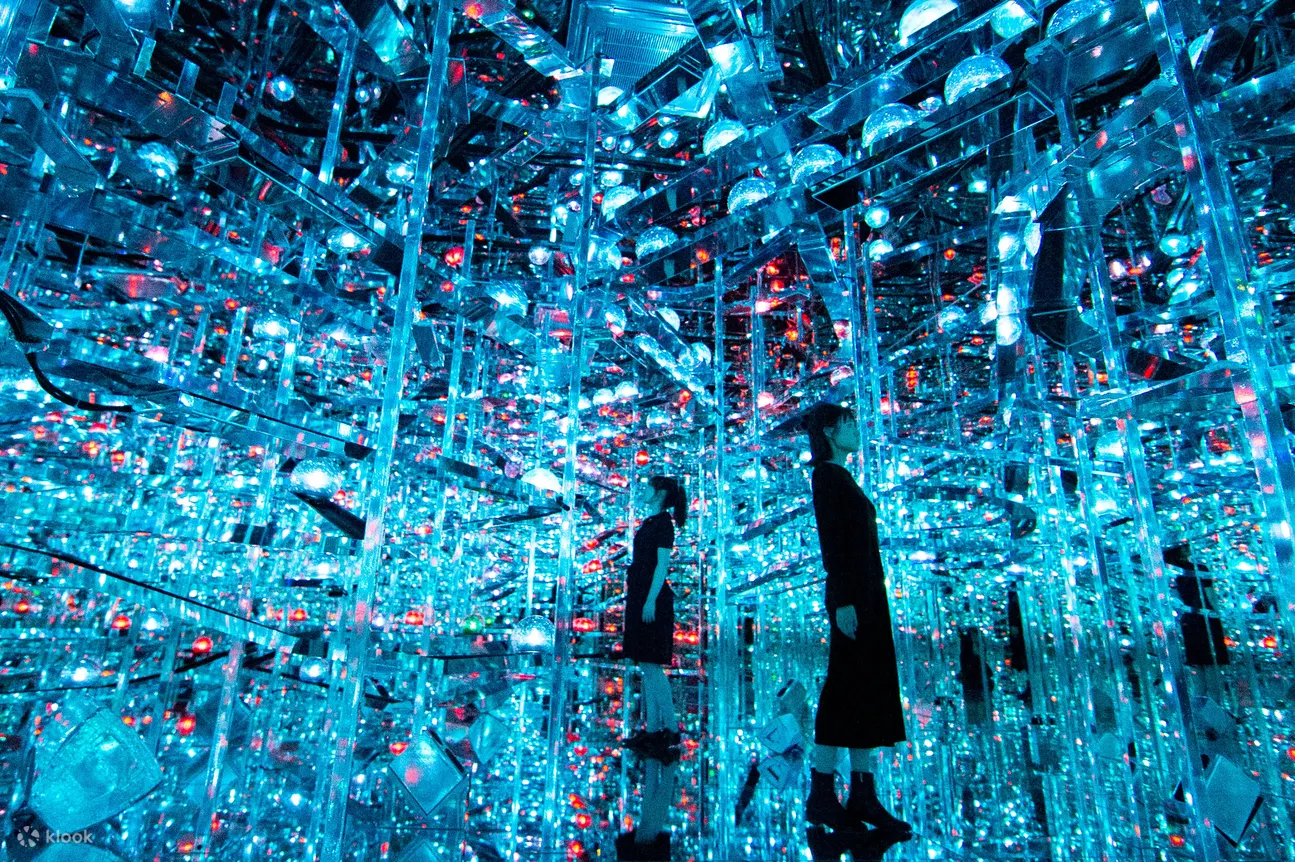If you watch K-dramas like Descendants of the Sun or Crash Landing on You, you’ve probably heard about the Korean Demilitarized Zone or the DMZ. But what exactly is it? Read on to discover more about this fascinating border and understand why North and South Korea are divided.
The A to Z of the DMZ
In case you don’t know, the Korean Demilitarized Zone is considered one of the most heavily-fortified borders in the world. It’s where both North and South Korean forces come together to create a buffer zone to ensure peace between both sides. Here, you can find the Joint Security Area (JSA), or Panmunjom, where leaders from the North and the South can conduct peaceful negotiations. The Korean Demilitarized Zone is considered neutral ground for both parties.
The Korean DMZ was formed in 1953 after each side agreed to push their troops back. Today, the DMZ spans 250 kilometers long and is about four kilometers wide. It intersects with the 38th parallel north, where North and South Korea were divided before the Korean War.
Has the mystery of the DMZ piqued your interest? Well, good news for you, because curious visitors can tour this exciting destination! The South Korean Demilitarized Zone is just 90 minutes from Seoul, and there are even tours allowing travelers to explore some of the key places along the DMZ.
Join this DMZ Tour with Klook!
Did you know you can book a licensed DMZ tour here on Klook? You can learn more about the history of the Korean War and the Cold War with no fuss at all. You also get an instant booking confirmation and an excellent cancellation policy—you'll get a full refund if you cancel at least 24 hours before the activity starts.
There are two options to choose from: one that departs at 8:00 a.m. and another that leaves at 10:00 a.m. Both tours can pick you up from your hotel (depending on the location) or at the Hongik University Station Exit 3. From then, the tour has about five key stops in store for you:
1. Imjingak Park
Imjingak Park is, without a doubt, an essential part of Korean history. It holds different war-related artifacts like massive army tanks. Here, you can also find an altar where families perform sacred ancestral rites during the Korean holidays, the Freedom Bridge, and the Gyeongui Train Line from the Korean War.
2. Freedom Bridge
The Freedom Bridge is located behind the Mangbaedan Altar of the Imjingak Pavilion. It’s considered a symbol of the tragedies of the Korean War. It was a temporary passageway for repatriated South Korean troops returning home during the war.
3. The Third Infiltration Tunnel
To give you a glimpse of what Korean troops used during the war, the tour will lead you to the Third Infiltration Tunnel, an invasion route lying beneath the border of North and South Korea. Visitors will be led down a long steep incline, where they can visit the three concrete barricades that the South Korean army used to block the actual Military Demarcation line. If you don't fancy walking, you can ride a tiny train that will take you along the tunnel.
Klook tip: The Third Infiltration Tunnel is not recommended for those with medical conditions (high blood pressure, epilepsy, etc.), pregnant women, or seniors.
4. Dora Observatory
Near the Third Infiltration Tunnel is the Dora Observatory. If you want to take a quick peek at North Korea, this is the place to be. From the observatory, you can overlook North Korea and its landmarks like the Kim Il-Sung statue and Kaesong, the former capital of Korea, during the Goryeo dynasty.
5. DMZ Exhibition Hall
To learn more about the Korean Demilitarized Zone, the tour will also take you to the DMZ Exhibition Hall, where you can watch the history of the division of Korea, as well as the infiltration tunnels used during the war.
Quick FAQs answered
Can you visit the DMZ?
Of course! As long as you book with a licensed tour (just like Klook’s!), you can freely go to the DMZ. In fact, there are 1.2 million visitors that explore the area every year.
How far is the DMZ from Seoul?
It takes about 90 minutes to arrive at the DMZ from Seoul. When you join the tour, make sure to have your passport, as you will be required to present it for inspection.
Can I see North Korea from the South Korea Demilitarized Zone?
Yes, but from a distance. You can visit the Dora Observatory and see the country with binoculars.
If you have more questions about North Korea, we encourage you to visit this blog!
